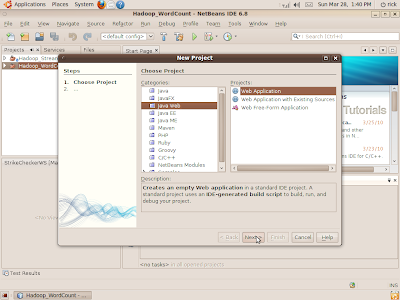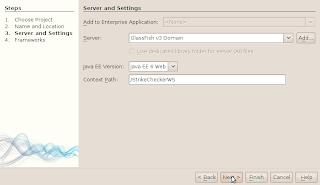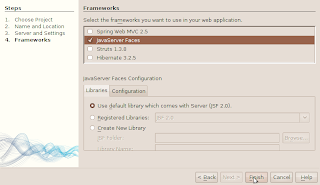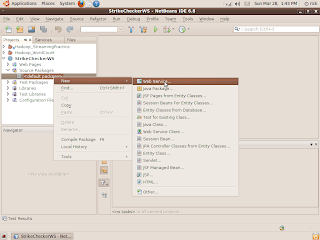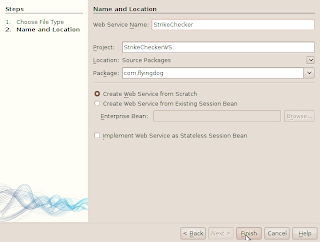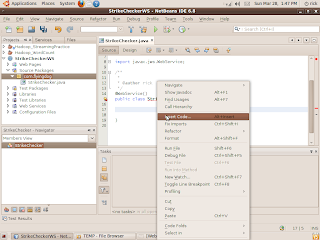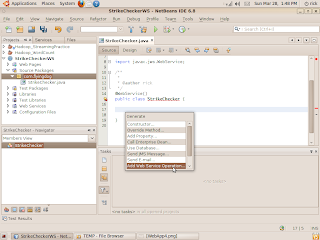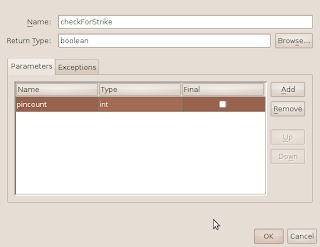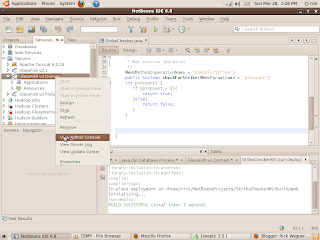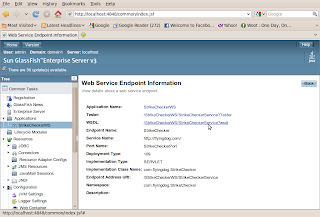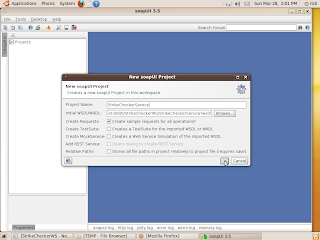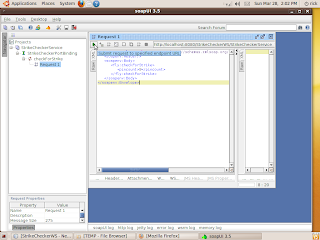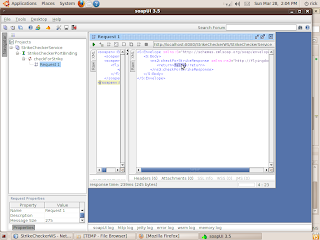Programmers generally have 2 transitions they can go through in their career lifespan:
-From Junior Programmer to Journeyman
-From Journeyman to Heavy Hitter
Some programmers don't make the transition to Journeyman. Mostly these are folks that just aren't suited to the profession for one reason or another and quit within the first 3 years or so. Very rarely, you'll find a 10 year Junior Programmer, but these are a rare breed.
Most programmers stay at the Journeyman level for the duration of their career. There's nothing bad about this-- these folks make up the bulk of the workforce and get most of the work done. These are people who prioritize their life in such a way that they spend a 'fair' amount of time on their career, but don't go out of their way to constantly study IT in the off-time. These are the people everybody depends on to carry out their orders and keep things moving.
A small percentage of programmers make it to the 'Heavy Hitter' level. Every organization has them-- the folks who set new directions and establish development processes. These guys can't afford to stagnate (because they are relied upon to bring new ideas) so they're always studying.
This column deals with that first transition. If you're a Junior programmer today and are looking for a way to make it to the next level, read on.
I know of a technique that can be used to accelerate the first phase and move you to the second one as quickly as possible. This is important for two reasons:
- It brings more responsible assignments (and with them more pay and geeky prestige)
- It starts your 'time in grade' in the Journeyman level, which is a necessary prerequisite towards advancing to the 'Heavy Hitter' level, if that's your ambition
To use this shortcut, you'll require 3 things:
- A solid, working plan of self-improvement
- A reliable pipeline of work assignments, at least 4 or 5 months worth
- A viable alternative place of work that is hiring1) A solid working plan of self-improvementYou need to conduct yourself in such a way that your boss realises you are on the way to more responsible work assignments. Back when I was a junior programmer (in the stone ages), this meant reading IBM manuals and workshop binders, and taking home thick mainframe greenbar compile listings. Today, this means studying things on the web and on your home computer, and studying your company's business artefacts in your off time. If you aren't willing to part with the time to devote to these activities, stop reading now because this shortcut won't work for you.
2) A reliable pipeline of work assignmentsYou need to have a steady stream of assignments in your near future, tasks you know your boss is going to assign to you. Some of these will be things that you are best suited for based on your skill sets. Some can be tasks you volunteer for because nobody else wants to do them. Either way, you want to position things so that your boss considers you the go-to person for a bunch of work that's slated to happen in the near future.
3) A viable alternative place of work that's hiringOf the 3 requirements, this is the only one that requires something other than disciplined hard work. What it does require is a little research and a healthy dose of 'guts'. You need to look inside your company and out for a job posting that's for a programming job at the Journeyman level. They aren't hard to find-- if it's not paying at the guru pay scale and if it doesn't say 'Junior Programmer', then that's your target. Make sure it's someplace you actually would consider working for and make sure you're reasonably qualified for the posting (albeit at the low end).
The Plan:
After making absolutely certain you have your 3 requirements met,
make an appointment to talk to your boss. In your conversation, say something like this:
"I've been working hard on advancing my career, and I think I'm ready for more responsible tasks. I really like what I'm doing here, and think I'm making a difference, but I'm tempted to look into this position I see at (name your third Requirement). Can you help me get promoted here so I can advance my career, but still stay here?
If your boss acts like mine did, he will immediately adapt a defensive position in which he hurriedly explains why you can't just ask for a promotion and it's not your time yet. This is fine-- his job is to keep expenses low and to maintain stability in personnel matters. What he really needs is a little time to think things over, because you really are bringing him a good business proposal. Your response should be something like "Well, I'll keep working and learning, but please give it a little thought. How about if we follow up in a week?"
That should give your boss plenty of time to really consider things. If you've done a good job with your prerequisites, your boss should be thinking thoughts like these:
- If I don't keep (insert your name here), I have to train somebody else to do all this stuff. It'll take forever to get a Junior programmer to that level again.
- (Your name) has already been taking on some mid-level assignments. It's a little early, but that promotion will come soon anyway.
- Crap! Where am I going to get someone to handle that stream of work I've got lined up for the next 4 months?
- (Your name) is being a little ambitious here, but I respect that he wants to advance his career.
Then in your follow-up, there are a few things that might result:
-
You get the promotion. In that case, congratulate yourself and send me a nice thank you note.
-
You are told you're still a little green, but you can work on your development plan and perhaps get your promotion soon. If this happens, BE SURE TO ASK ABOUT TIMELINES. It's up to you to decide how much emphasis to put on the 'viable alternative place to work' at this point. (Do NOT over-emphasize this, as your position really isn't that strong. The purpose of that requirement was to lend a matter of urgency for your request-- the "Why now?" factor). NO MATTER WHAT, YOUR CAREER IS YOUR RESPONSIBILITY, SO SECURE SOME COMMITMENT TO A TIMEFRAME FOR YOUR ADVANCEMENT. Think of it as a project deliverable-- you need to establish a timeline.
-
You are flatly denied. In this case, you will have been given some valuable feedback in some form or other--
think about what it means.
Remember, your boss is a business manager, and as such is going to respect the business aspects of your proposal. If you've been diplomatic (and not a ham-handed extortionist) you should not have angered your boss. If anything, your boss will have a newfound respect for your professionalism. (And if not, again-- you have some valuable feedback.) To get to be your boss, this person has had to have gone through a few promotions, too. They know what it's like to want to move ahead.
This plan worked for me 18 years ago. If you choose to try it, I hope it works for you, too. Good luck, and Happy Coding!
